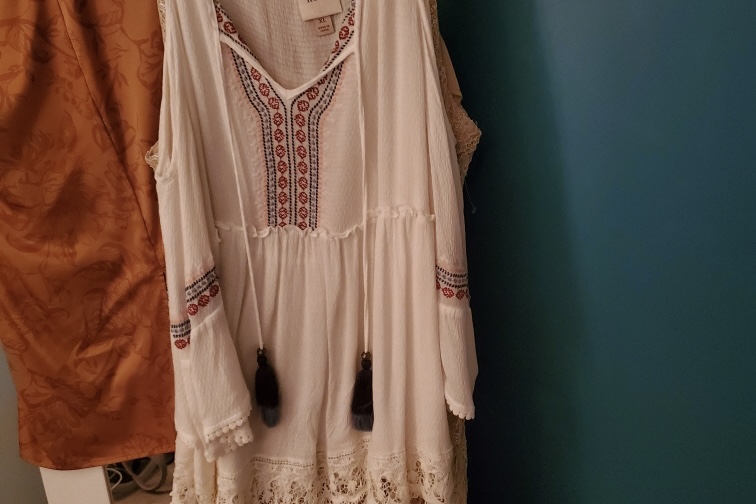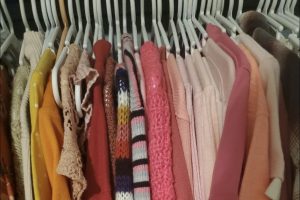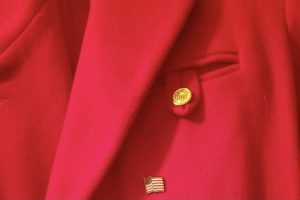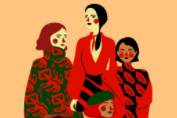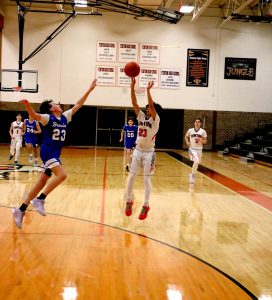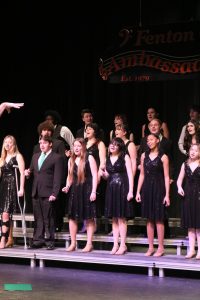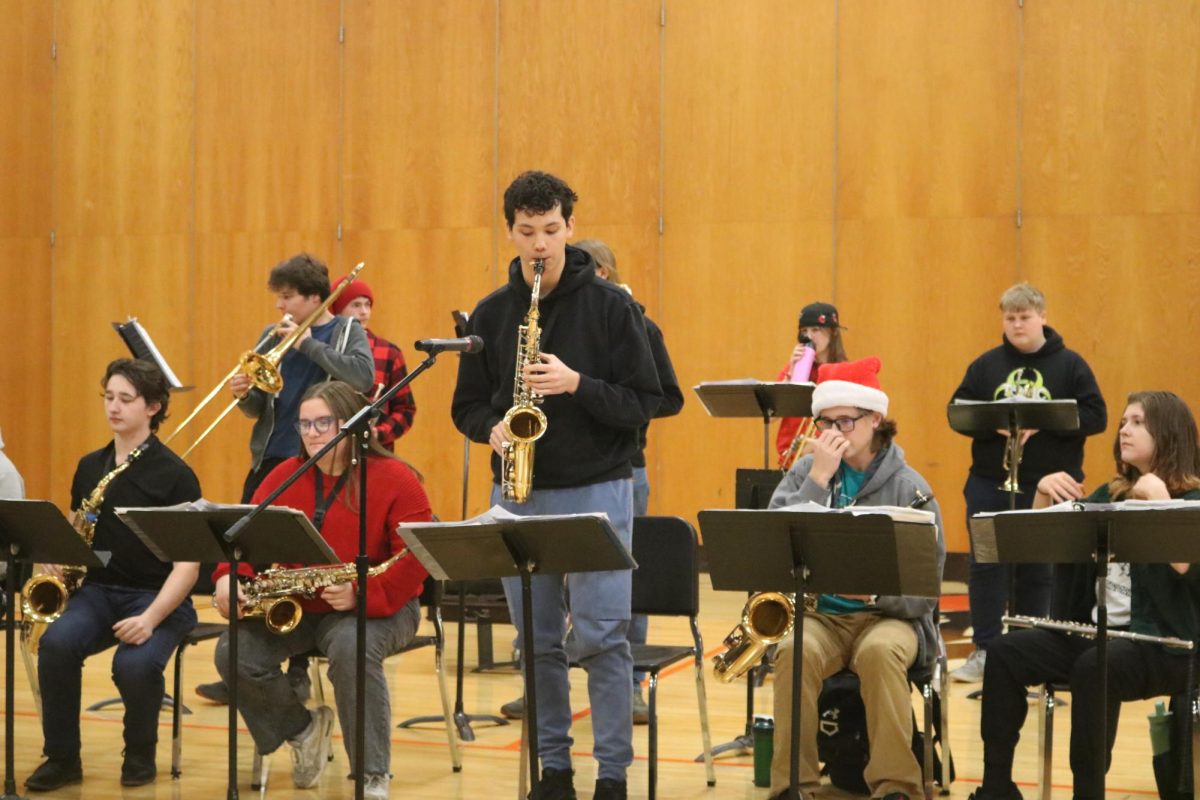The Fashion Textbook: Women’s fashion throughout history
March 26, 2021
March is Women’s History Month and along with it is the celebration of women breaking the glass ceiling— including fashion trends in past decades. Specific decades, such as the 1920s, 1970s and 1960s, were a time where women expressed their femininity, sexual appeal and freedom.
1920s:
In the 1920s, women left the usually inconvenient and time-consuming dresses and replaced them with boxy and easy dresses for parties and day-to-day activities— coining the name, “La Garconne.” Coco Chanel was a known designer during this time and a liberator of feminism. She was known for dropping waists, creeping hemlines and using economical fabrics for her dresses
According to Dress Historian Jayne Shrimpton,“The development of a more convenient, modern female wardrobe was a major trend of the 1920s and was achieved through the progressive simplification of dress as the decade advanced— a rejection of formality and multiple layers, in favor of comfort and a lighter, more natural effect.” Evening wear changed with time as well, keeping the same design and frame reaching the floor with detailed beadwork and patterns. This time was for sensual design with a hint of femininity and movement, creating the “flapper” image inspiring independent women.
1960s:
At the beginning of the decade, fashion star Jackie Kennedy was seen wearing professional looks making her more of a lady than she already was. Kennedy was seen wearing Chanel, Givenchy and Balenciaga in boxy frames and girly colors deemed perfect for a First Lady. While later icons like Audrey Hepburn and Marilyn Monore were known for tight-fitted outfits, showing off their curves. Both women were known for their love for Chanel at the time.
More revolutionary women wore Swinging London, a popular store based off of Mary Quant (known for the magazine Bazaar) and music like The Who and The Beatles. This style used floral patterns in cute midi dresses, flared jeans, flowy peasant shirts and bright colors like emerald green and yellow. Women like Quant didn’t care about the general public opinion on them and were known for basing their looks from Swinging London.
According to James Laver in Quant in Costume and Fashion: A Concise History, “These women were known for rejecting the constraints of the male gaze, creating simple, practical and often mix and match outfits which had an element of classlessness perfectly suited to the mood of the sixties.”
1970s:
The 1970s became a time of glamourized outfits where women mixed both masculine and feminine looks and style. These decade’s styles were polar opposites, with disco and glam rock-themed jumpsuits and bedazzled everything versus a hippie style all of which were influenced by women of color.
Biana Jagger was the style icon of the ‘70s with her pantsuits designed by Yves Saint Laurent, along with deep blue jeans and stretchy halter tops in bright colors in funky patterns and at night she wore tight bright jumpsuits encrusted with diamonds, sewn with silk and a wide bootcut with her natural hair out— it’s obvious she was a legend.
On the hippie side of things, Yoko Ono, Twiggy and Pamala Des Barres were known hippies on the scene adopting the name “groupies” for their love of music. With silk and cotton prairie dresses and flower crowns most of which were designed by Zandra Rhoades— which later influenced strappy dresses and sundresses in the 2000s along with ripped boot cut pants, woven halter tops, sometimes mistaken for bikinis.
The 1970s was a known time for feminism, love of music and sexual liberation where women of color and women with different body types were praised for stepping out of the norm and later created a style based on ideals dining it as alternative.
Fashion has been around for centuries, and often we forget the influence women had on it. To learn more about fashion history visit fashionhistory.edu or listen to Dressed on Spotify.

